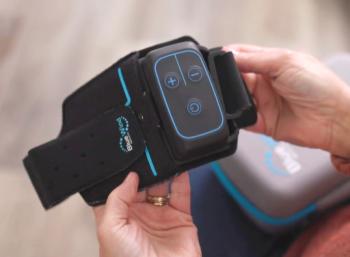
Billing for E/M, preventive visits on same date
Learn about split billing for Medicare patients who come to the office for preventive visit and have multiple, serious, chronic medical conditions.
Key Points
A: It is appropriate to bill a preventive and E/M service for the same patient on the same date of service as long as the documentation supports the codes being billed. Two key questions to ask yourself:
• Did the patient present with acute problem(s) and/or chronic abnormality/ies that required significant additional work? The narrative portion of the preventive services section of the CPT manual states: "If an abnormality/ies is encountered or a pre-existing problem is addressed in the process of performing this preventive medicine [E/M] service, and the problem/abnormality is significant enough to require additional work (emphasis added) to perform the key components of a problem-oriented E/M service, then the appropriate office/outpatient code 99201–99215 should also be reported."
• Does medical necessity support an E/M service in addition to the preventive visit? It isn't simply a matter of the patient having chronic underlying conditions; all services billed to any insurance carrier must be medically necessary (it's part of the attestation statement included in the physician signature box-Box 31-on the 1500 claim form or the electronic equivalent).
So if the patient had been seen fairly recently for a follow-up visit for these conditions and he or she was stable at that time, and nothing found during the preventive medicine portion of the current assessment indicated that any of the problems had worsened or weren't adequately controlled, then a problem-oriented visit wouldn't be medically necessary today.
If a significant amount of time had passed since the patient's last formal assessment of those conditions, however-or, in other words, the patient was due for a follow-up visit anyhow and the patient and the doctor simply chose to conduct the medically necessary follow-up assessment at this visit-then the problem-oriented visit would be substantiated in addition to the preventive service.
If this was a medically necessary assessment of the chronic problems (and not just a "quick peek" to make sure nothing had changed since your last assessment of those problems), how do you calculate the level of service for the problem portion of the visit? The key is the "additional work" specified by the CPT manual. The work performed over and above what normally would be performed in a preventive exam is all that can be counted toward your E/M code level. For example, you would assess the patient's lung function during a preventive exam, so this element cannot be counted toward your E/M code level. You can count only the additional work.
It is much easier for you to determine which elements can be counted toward an E/M code level if you use a separate exam form for the E/M service, because the chief complaint and specific history, exam, and medical decision-making elements that support the additional work are clear.
To bill appropriately, append the 25 modifier to the E/M code to indicate that a significant, separately identifiable service was provided by the same physician on the same date as the preventive service. Also, bill the preventive medicine code with the GY modifier, indicating that the service is statutorily excluded, does not meet any Medicare benefit, or, for non-Medicare insurers, is not a contract benefit.
The author is a compliance manager for Baptist Medical Associates in Louisville, Kentucky. Do you have a primary care-related coding question you would like to have our experts answer in this column? Send it to
Newsletter
Stay informed and empowered with Medical Economics enewsletter, delivering expert insights, financial strategies, practice management tips and technology trends — tailored for today’s physicians.














